Financial Services Information Systems: Software Cost Analysis Report
VerifiedAdded on 2022/08/15
|7
|417
|23
Report
AI Summary
This report presents a comparative cost analysis of three software products: a commercial package, a cloud-based SaaS product, and a commercially supported open-source software solution, for a financial institution. The analysis covers a five-year period, evaluating both capital expenditure (Capex) and operational expenditure (Opex) to determine the total cost of ownership (TCO). The report includes a graph illustrating the five-year costs for 400 end-users and concludes that Product C is the most cost-effective option. Key factors considered in the evaluation include security, scalability, maintenance costs, functionality, and ease of use. The report provides recommendations to the manager based on the cost analysis and discusses additional cost factors. The assignment was completed for a Financial Services Information Systems course (CO7218) at the University of Leicester.
1 out of 7

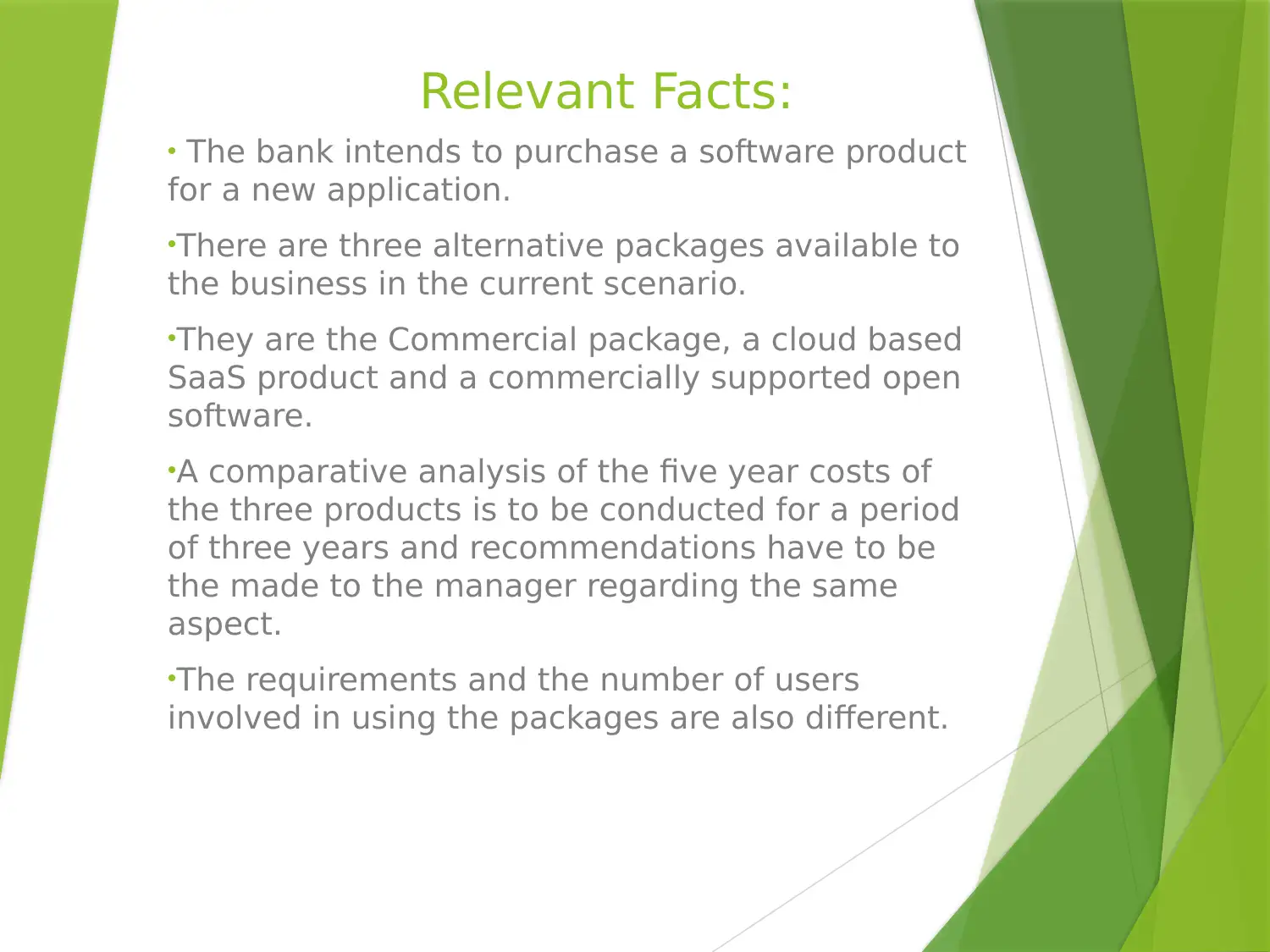
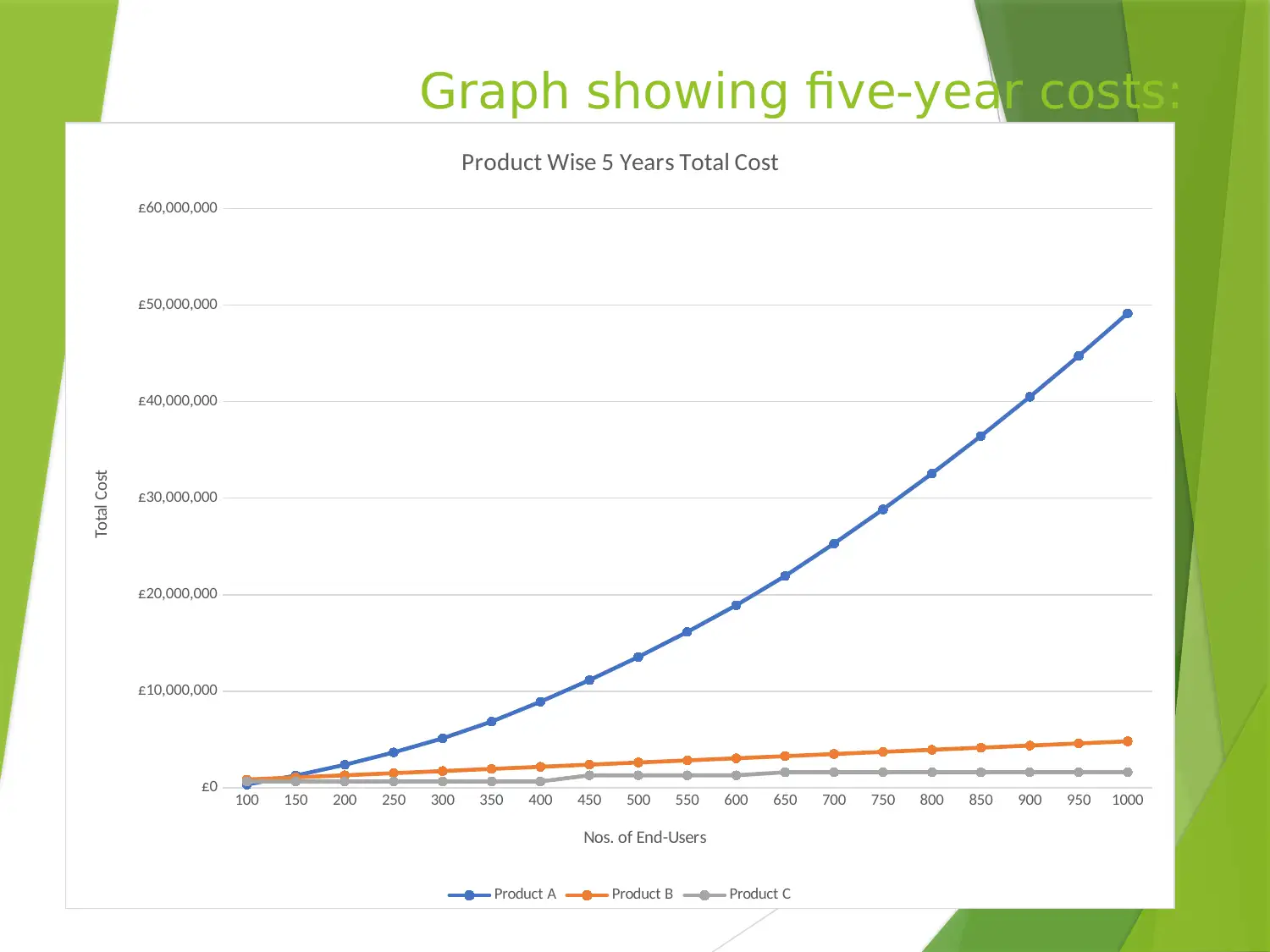

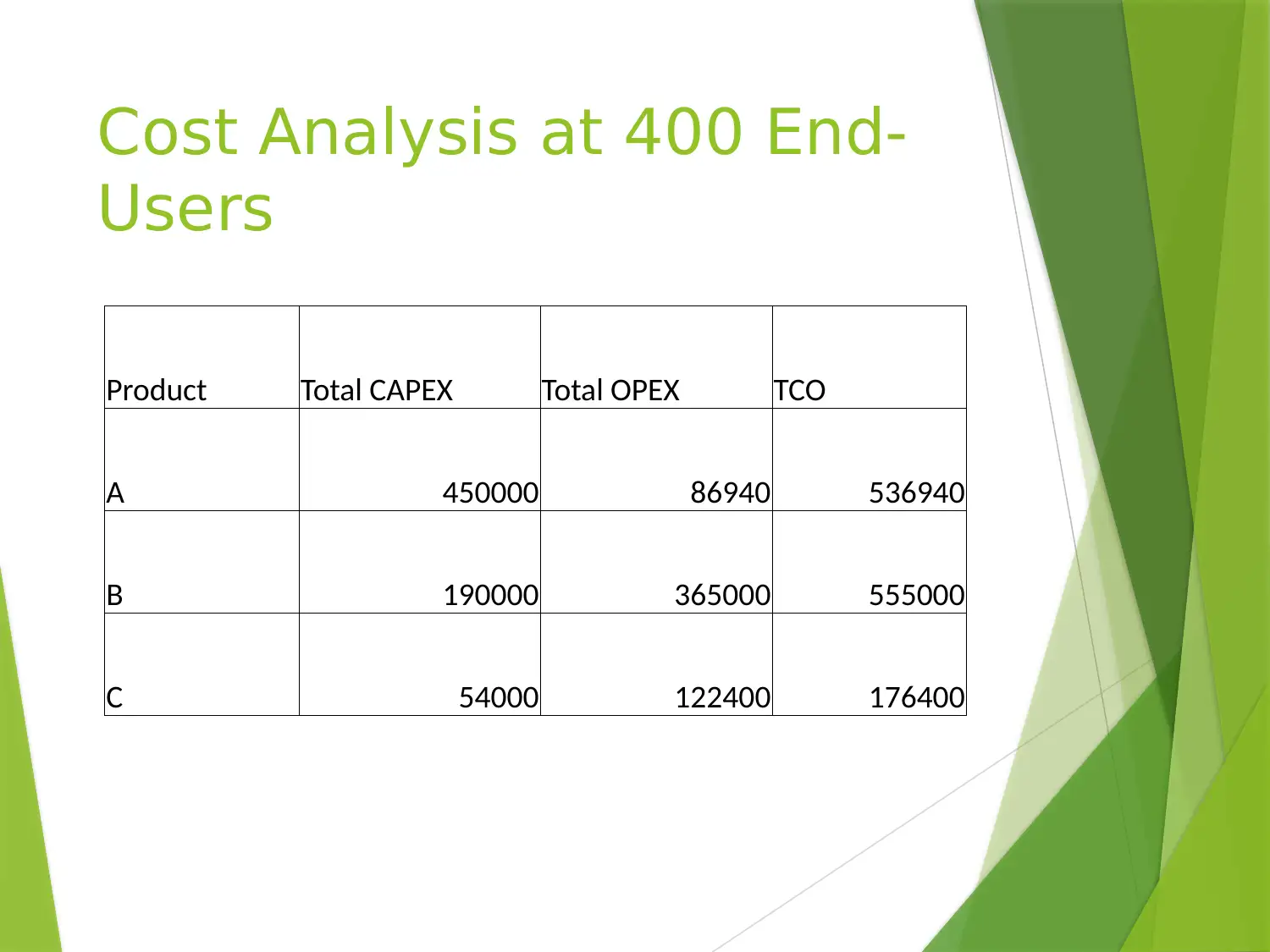
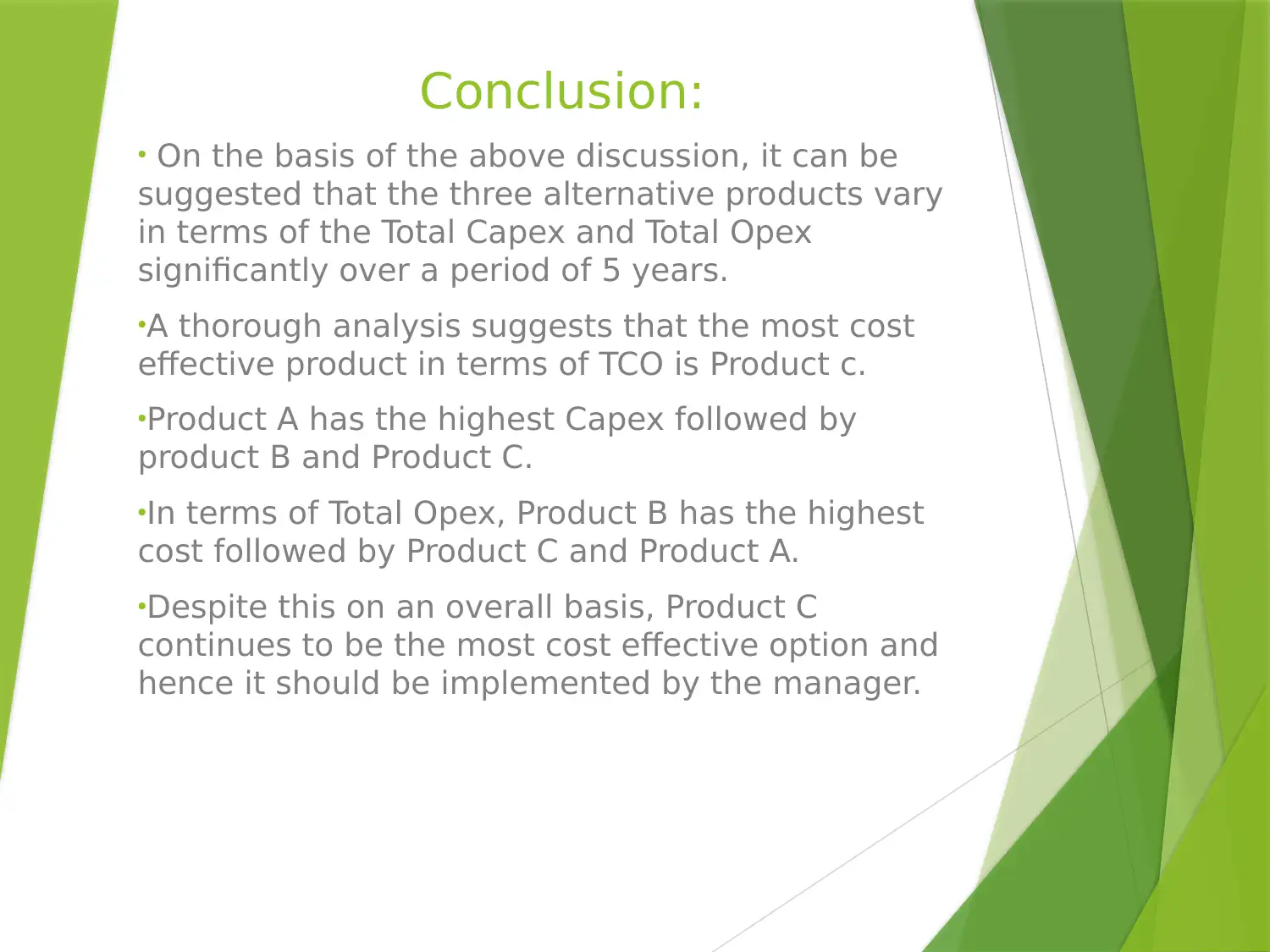
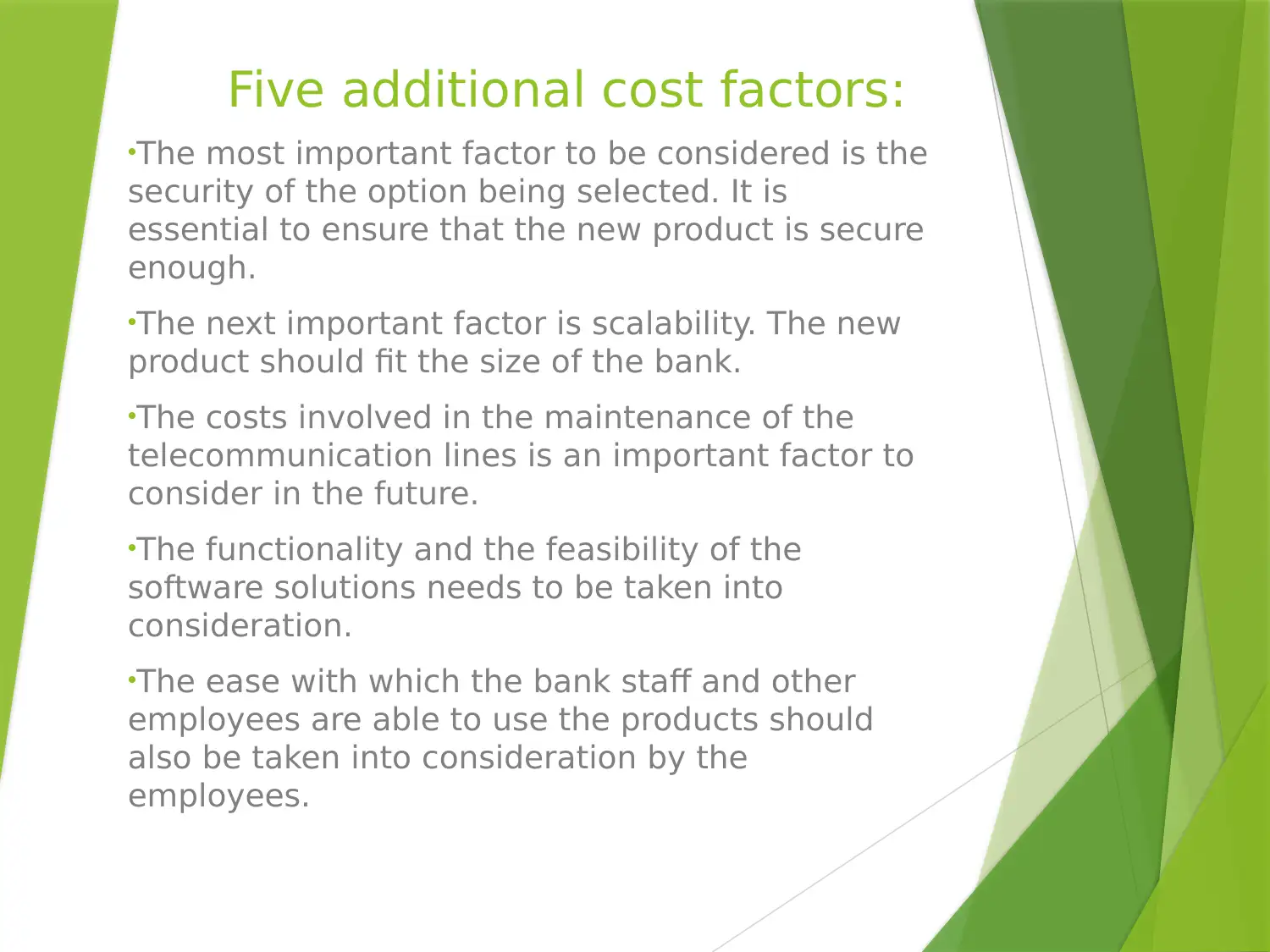
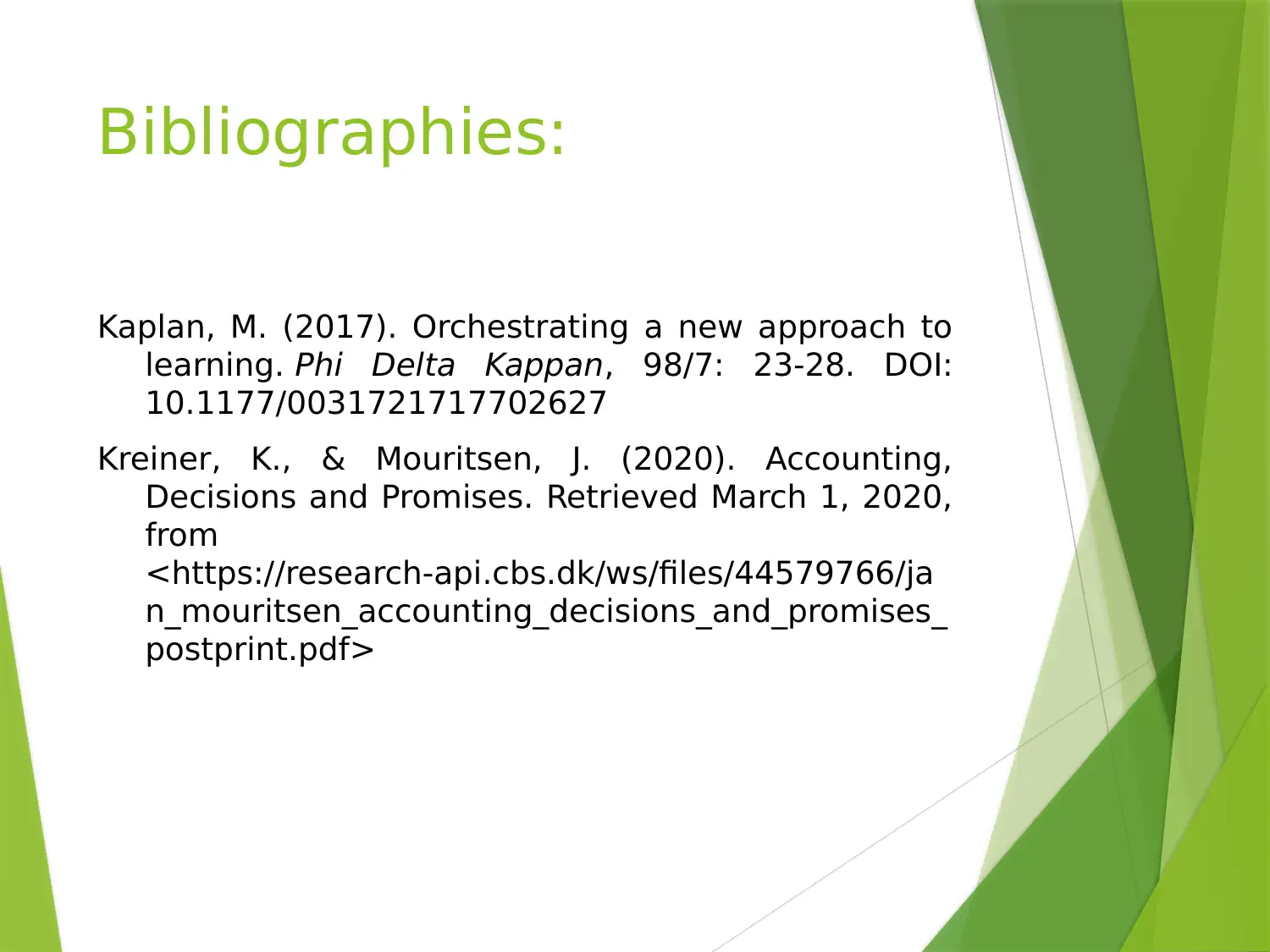






![[object Object]](/_next/static/media/star-bottom.7253800d.svg)